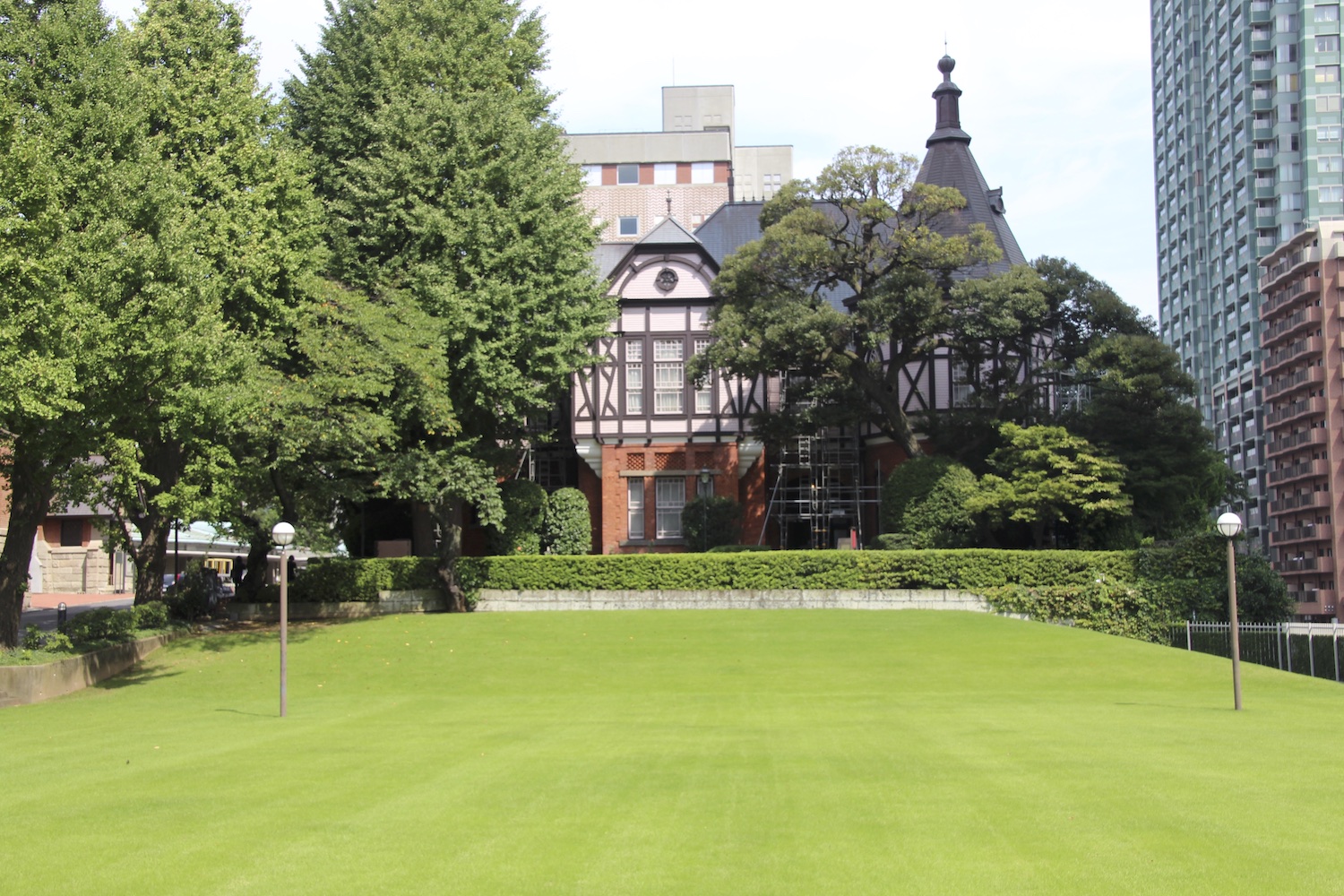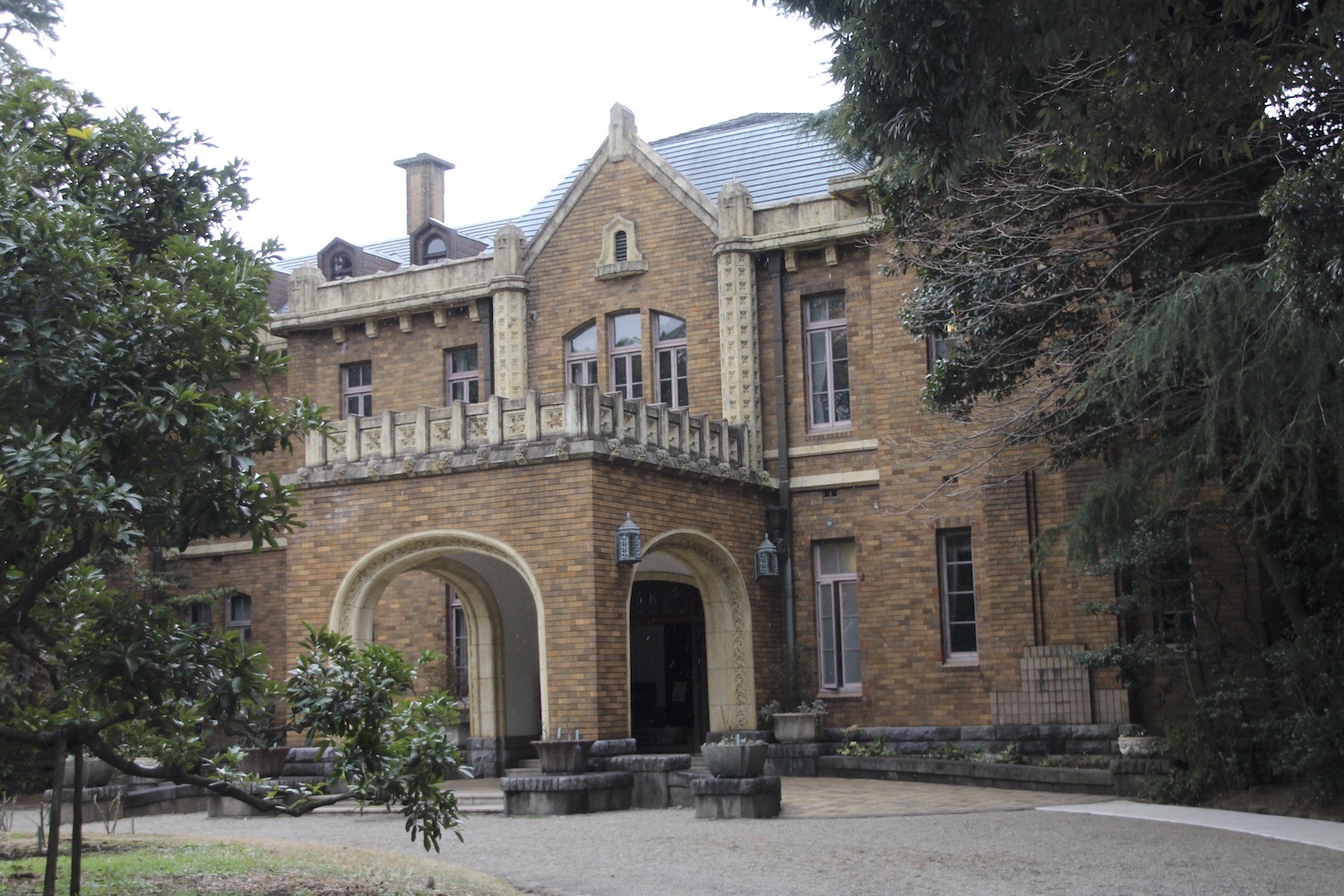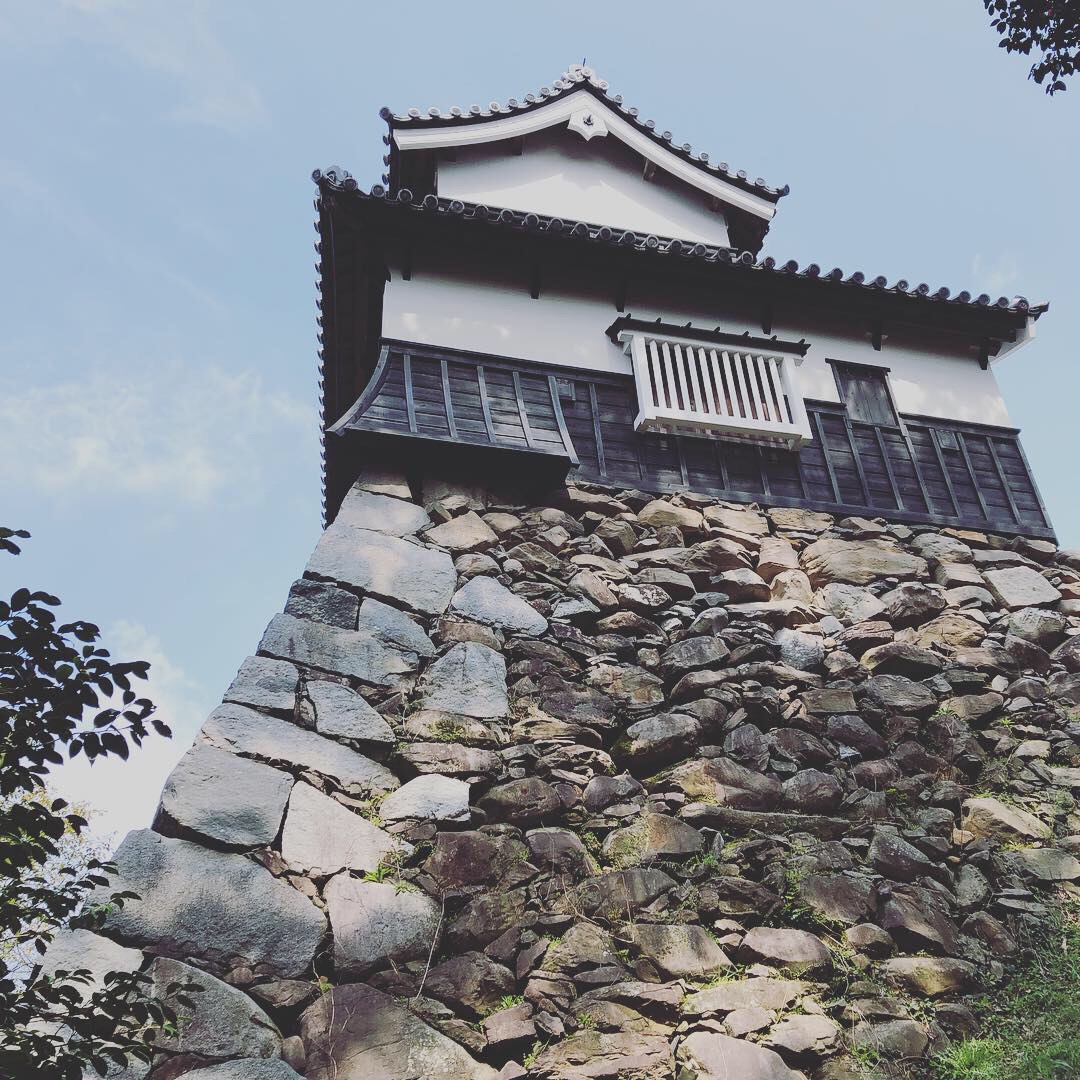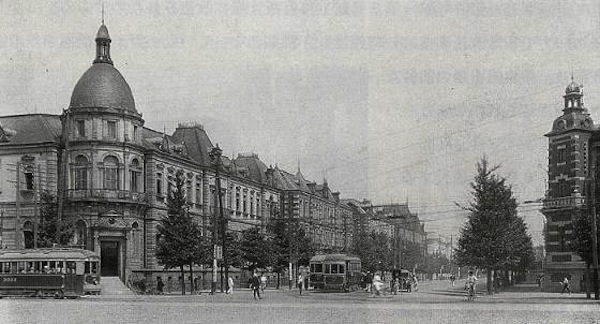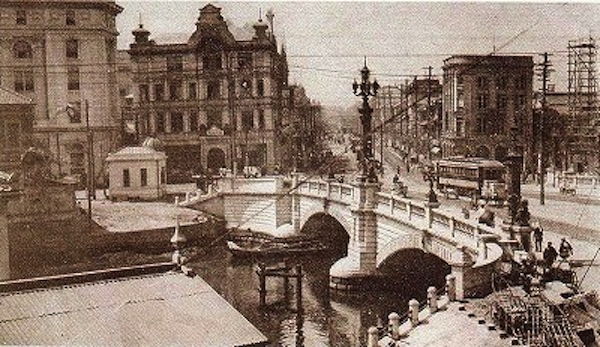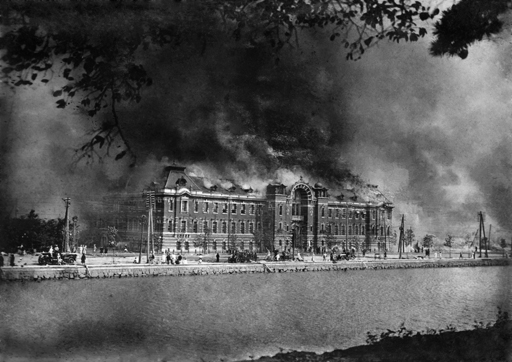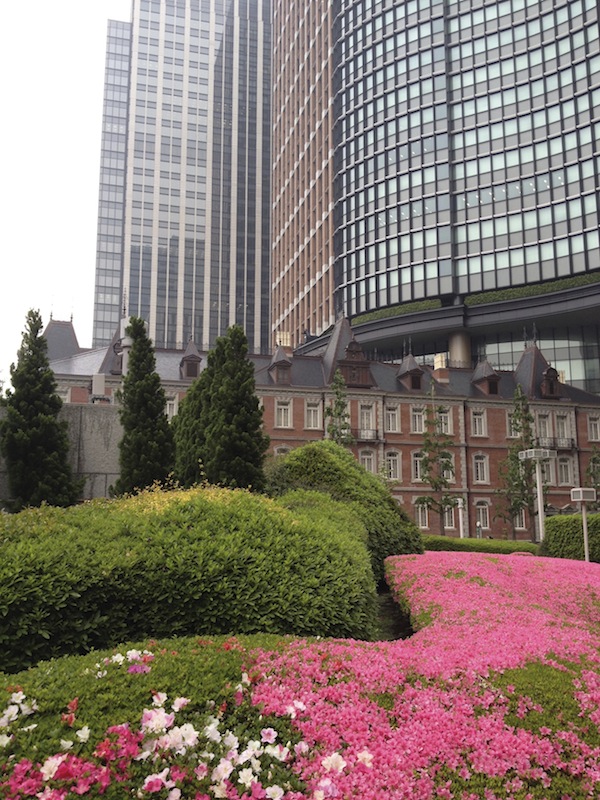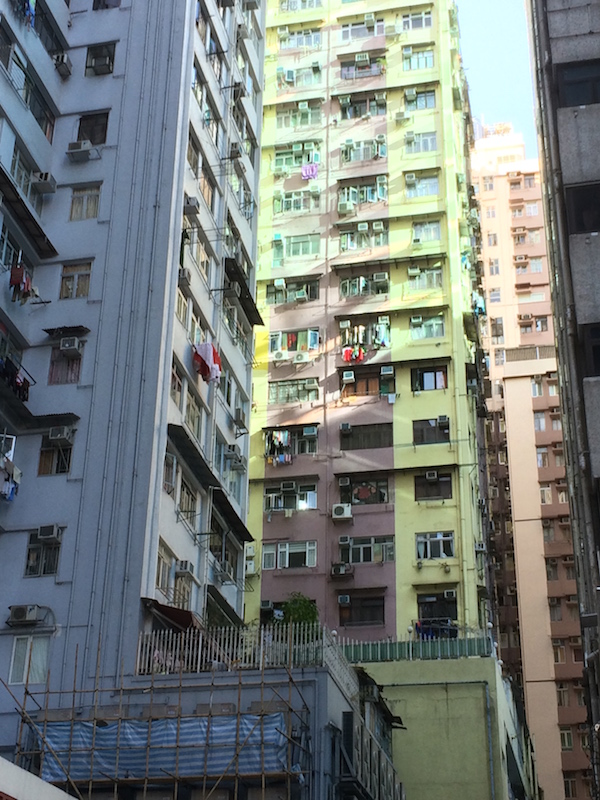Walking down a cobbled slope in the Kinjō-chō neighborhood just south of Shuri Castle in Naha, Okinawa, I spotted a sign usually overlooked by tourists who can't read kanji: 石敢當
Ishigantō are ornamental tablets or engravings placed near or in buildings and other structures to exorcise or ward off evil spirits. Shí gǎn dāng, as they are called in Mandarin Chinese, are, according to Mr. Wiki, "often associated with Mount Tai [north of the city of Tai'an in Shandong province] and are often placed on street intersections or three-way junctions, especially in the crossing."
Ishigantō were introduced to the Ryūkyū Kingdom from China and can be found throughout Okinawa Prefecture, where they are also called Ishigantu or Ishigandō, and to some extent in Kagoshima Prefecture, where they are known as Sekikantō or Sekkantō.
On Kikai-jima (Amami Ōshima), they are called majimunparē ishi(魔除け払い石). In the Yaeyama archipelago (Okinawa Pref.) they are known as ashihanshi(足はらい).










